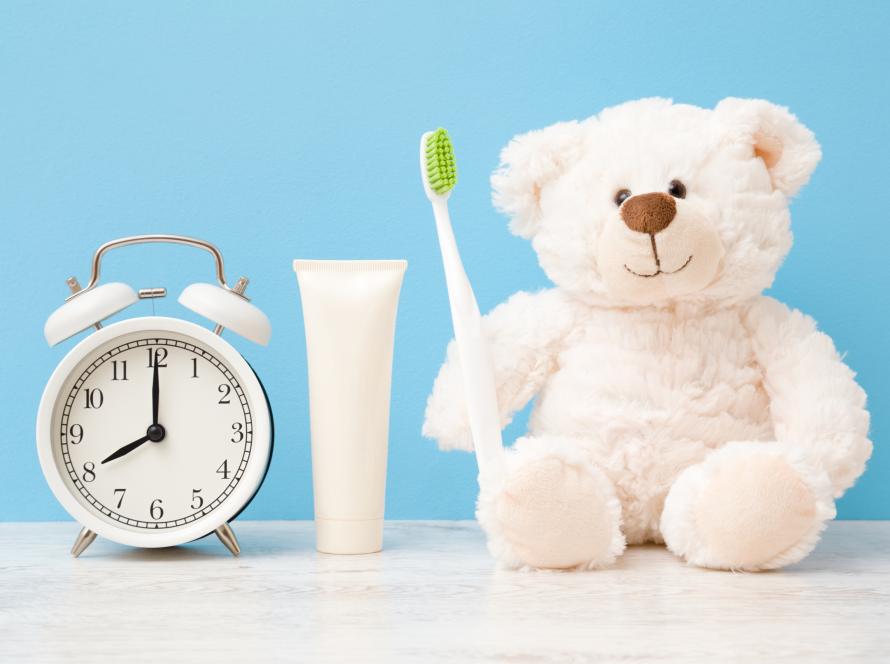When most parents think of a kids dental checkup, they’re usually focused on one thing: cavities. But there’s a lot more happening in that dental chair than just a hunt for sugar bugs. For a skilled pediatric dentist, each checkup is a developmental deep dive — a chance to catch the early signs of airway, jaw, and dental transitions that can shape a child’s overall health.
Let’s break down what these visits can really reveal — and why they’re worth more than a gold star and a sticker.
More Than Teeth: What a Pediatric Dentist is Really Looking For
Your child’s mouth tells a story. Sure, brushing and flossing habits are part of it, but so are breathing patterns, jaw structure, and the way baby teeth make room for the adult set.
At every kids dental checkup, a kids dentist isn’t just checking for plaque — they’re scanning for signs of developmental delays that, if left unchecked, could impact your child’s sleep, speech, nutrition, and even confidence.
Here’s what else is on the radar:
1. Airway Obstruction: The Silent Disruptor
One of the biggest red flags a pediatric dentist looks for is signs of airway obstruction. Why? Because restricted breathing can impact sleep quality, behavior, and growth.
Common clues during a routine checkup:
- Mouth breathing (especially while sleeping)
- Enlarged tonsils or adenoids
- Snoring or restless sleep
- A narrow palate or “high arch” in the roof of the mouth
These may not sound like dental issues at first glance, but they are closely linked. When a child can’t breathe well through their nose, it can affect how their jaws grow, how their face develops, and even how they perform in school due to poor sleep.
Early detection by a pediatric dentist can lead to a referral for an airway evaluation, potentially avoiding years of sleep struggles and other complications.
2. Jaw Development Delays
Jaw development is a major focus of pediatric dental care — and a prime reason why checkups should start early and happen consistently.
What does a kids dentist look for?
- Misaligned bites (overbites, underbites, crossbites)
- Delayed eruption of teeth
- Crowding or spacing issues
- Asymmetry in facial or jaw growth
These issues often point to how the upper and lower jaws are growing in relation to each other. Left unchecked, these delays can lead to orthodontic problems, speech difficulties, or even TMJ issues later in life.
The good news? Catching them early allows for gentler, more effective interventions — sometimes even guiding jaw growth with simple appliances or habit correction techniques.
3. The Baby-to-Permanent Tooth Transition
Most parents know that kids lose their baby teeth — but they might not realize that how and when they fall out matters. A pediatric dentist tracks these transitions like a growth chart, watching for:
- Premature loss of baby teeth can potentially lead to shifts in the alignment
- Permanent teeth erupting too early, too late, or in the wrong order
- Retained baby teeth that refuse to fall out
- Signs of impaction or crowding
This isn’t just about aesthetics. Delays or irregularities in the tooth transition process can affect chewing, speech, and spacing — and often point to bigger developmental questions about jaw size or timing of growth spurts.
That’s why these checkups aren’t just routine — they’re strategic.
Elevating Checkups to Developmental Check-ins
The value of a kids dental checkup isn’t just in finding cavities — it’s in gaining a window into your child’s overall development. That’s what makes pediatric dentists so uniquely positioned: they see what’s forming before it’s fully formed. They track patterns and pick up clues that others might miss.
In many ways, these checkups are like early warning systems. The earlier a concern is spotted, the easier it is to correct. And often, these interventions are simple, non-invasive, and even reversible — if caught in time.
This approach shifts the mindset from reaction to prevention. It’s not about waiting for problems to arise; it’s about creating an environment where problems are far less likely to appear at all.
What Parents Can Do
The first step is simple: keep those checkups consistent. Even if everything looks fine, a kids dentist might spot the beginnings of an issue long before it becomes a problem.
Here’s what else helps:
- Start early: First tooth? First birthday? Time for the first dental checkup.
- Ask questions: Don’t just ask about cavities — ask about airway development, jaw growth, and how your child’s teeth are transitioning.
- Look for patterns: Snoring, mouth breathing, or speech delays are worth mentioning at your child’s next dental visit.
- Choose a specialist: A pediatric dentist has the training to catch the subtleties that general dentists might overlook.
It’s Not Just a Checkup. It’s a Check-In on Growth.
Next time you take your child in for a kids dental checkup, remember this: it’s more than just a cavity check. It’s a snapshot of your child’s growth, development, and future wellness.
A pediatric dentist sees more than teeth — they see patterns, pathways, and potential. And in those early years, catching the small stuff can make all the difference.


